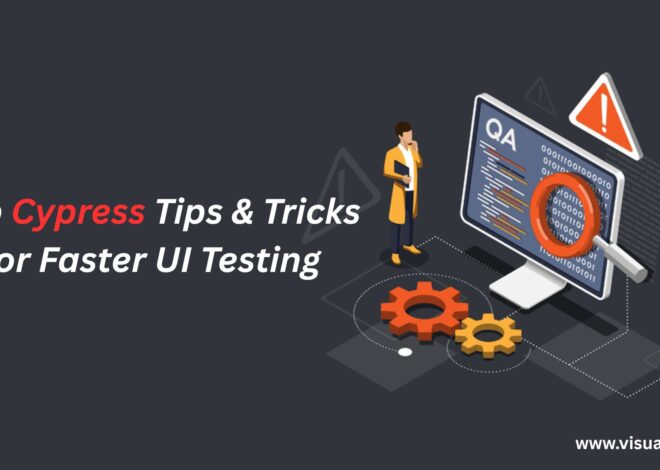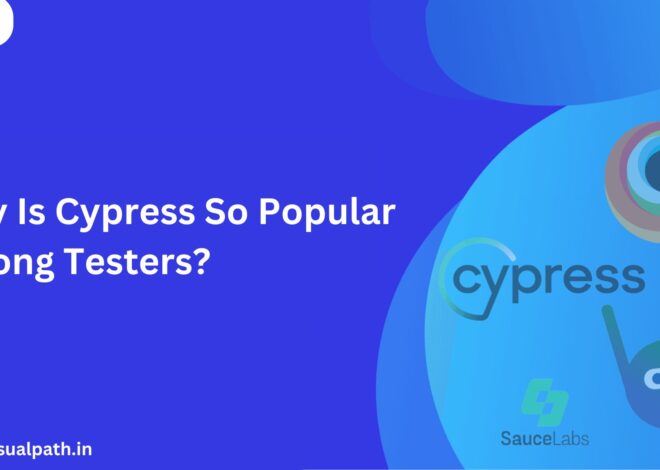A key difference is that Cypress as a tool is ideal for introducing developers to test automation rather than just a replacement for Selenium. This is why Cypress is among the fastest-growing automation tools in the world. On the other hand, Selenium is a more general-purpose tool targeted at a broader audience.
Selenium: A Pioneer in Web Automation
Selenium has long been a popular choice for web automation testing. It is an open-source tool that supports multiple programming languages (Java, Python, JavaScript, etc.) and browsers through its WebDriver interface. Selenium operates by directly interacting with browsers using native browser automation APIs. This means it controls the browser from outside and can simulate user interactions like clicks, typing, and form submissions.- Cypress Training Institutes in Hyderabad
Cypress: A Modern Approach to Testing
Cypress, on the other hand, is a newer entrant in the automated testing landscape. It is also open-source but distinguishes itself with a different architecture and philosophy. Cypress is built on a different premise where it runs directly in the same context as the application being tested. Unlike Selenium, Cypress operates within the browser and executes commands directly alongside the application code.- Cypress Online Training Course
Key Differences Between Selenium and Cypress
Architecture:
Selenium: Operates externally to the browser, using WebDriver to send commands to the browser and retrieve results.
Cypress: Executes commands within the browser itself, enabling direct access to application components and events.- Cypress Automation Training Course
Programming Language:
Selenium: Supports multiple languages for writing tests, offering flexibility but requiring separate language-specific bindings.
Cypress: Primarily uses JavaScript for writing tests, providing seamless integration with the application’s frontend code. – Cypress Online Training
Testing Approach:
Selenium: Follows a traditional approach where tests are written to verify actions and assertions across different browser environments.
Cypress: Emphasizes a modern approach with built-in tools for debugging, real-time reloads, and instant test results within the same browser window.
Debugging and Time Travel:
Selenium: Limited in debugging capabilities due to its external interaction model with the browser.
Cypress: Offers advanced debugging features and time-traveling capabilities, allowing developers to inspect every step of the test execution.
Community and Ecosystem:
Selenium: Benefits from a mature and extensive community with a wide range of plugins and integrations.
Cypress: Growing rapidly with a focus on providing a streamlined and modern testing experience, albeit with a more focused set of features.
Conclusion
While Selenium remains a robust choice for cross-browser testing and its broad language support, Cypress offers a more integrated and developer-friendly approach with faster execution and richer debugging capabilities. The choice between Selenium and Cypress often depends on specific project requirements, team expertise, and the desired testing environment. Understanding these differences enables teams to make informed decisions when selecting the right tool to automate their web application testing needs.
Visualpath is the Best Software Online Training Institute in Hyderabad. Avail complete Cypress Online Training worldwide. You will get the best course at an affordable cost.
Attend Free Demo
Call on – +91-9989971070
WhatsApp: https://www.whatsapp.com/catalog/917032290546/
Visit: https://visualpath.in/cypress-online-training-in-hyderabad.html




